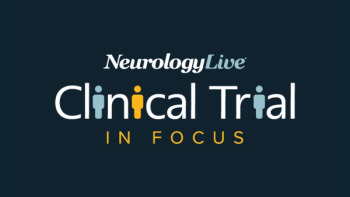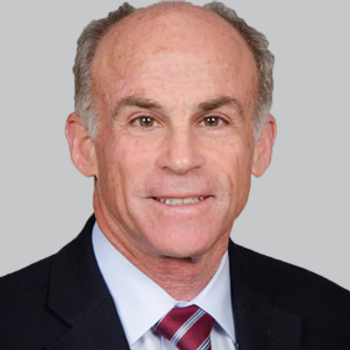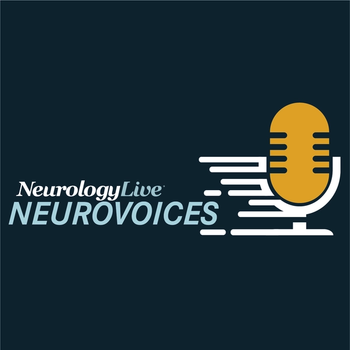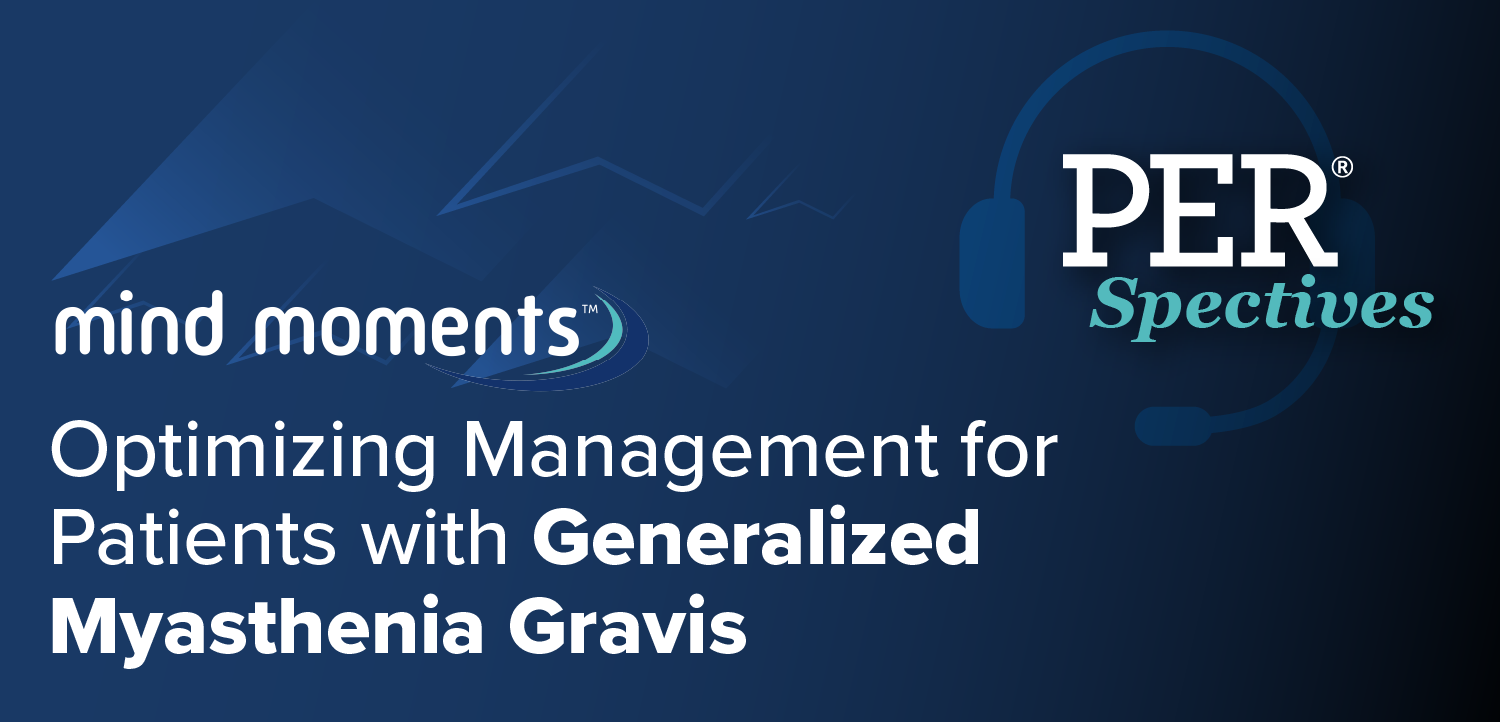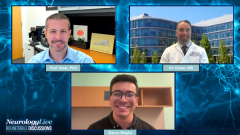
Bridging Bench to Bedside: Challenges in Advancing Remyelination Therapies
In this episode, panelists outline the key scientific and clinical challenges in translating remyelination research into effective therapies for patients with MS.
Episodes in this series

Despite major advancements in the treatment of multiple sclerosis (MS), including the emergence of highly effective disease-modifying therapies that target inflammation and reduce relapse rates, there remains a critical unmet need: the ability to repair damaged myelin. Remyelination—the process by which the central nervous system regenerates myelin sheaths around axons—is a key neuroprotective and potentially restorative goal in MS. While spontaneous remyelination can occur, particularly early in the disease, it is often incomplete and declines over time, contributing to irreversible neurological disability.
In recent years, an influx of research has significantly advanced our understanding of the biology of remyelination, uncovering new molecular targets, cellular mechanisms, and imaging modalities. Yet, despite promising results in preclinical models, there are still no FDA-approved therapies that directly promote remyelination. In this panel discussion, Ari Green, MD, and Paul Tesar, PhD, examine the evolving landscape of remyelination science—highlighting the translational challenges, trial design hurdles, and promising agents in development—while offering insights into the future of regenerative strategies in MS care.
Green, co-director of the Innovation Program for Repair and Remyelination at UCSF, and Tesar, director of the Institute for Glial Sciences at Case Western University School of Medicine, sat down to discuss the translational challenges of bringing preclinical remyelination successes into clinical practice. The duo covered the need for validated biomarkers, human-relevant models, and careful trial design that accounts for species-specific biology. The panel also reflected on early clinical signals and why a multipronged approach may be key to developing the first approved remyelinating therapies. Despite the hurdles, both experts see a promising future for the field.
Transcript edited for clarity.
Marco Meglio: What are some of the biggest challenges in translating preclinical remyelination success to clinical benefit in patients? We've seen some success in preclinical studies, some animal model work, and early-stage studies. But how do we take that bench work and bring it into clinical care—and keep pushing it forward? Obviously, I'm not asking you guys to make a therapy right now, but what are ways we can continue to advance that research?
Ari Green, MD: Well, we should be asking us to make a therapy—because that’s our obligation. That’s what we do with our day jobs. So yeah, that’s exactly what we need to be focused on. And I think it relates back to what Paul said earlier about biomarkers. Those biomarkers are a critical component of translation, and they have to be assessed in the preclinical context. So we need to develop preclinical assessments that we can use—tools that not only test the biology or therapy being used to promote remyelination, but also provide measurements we can carry directly over into clinical trials.
I think that’s probably one of the greatest needs. And then there’s the issue of timing: When do we optimally remyelinate? Is it best during active inflammation, or after inflammation has subsided? Do we need continuous therapy, or can we do pulse dosing—give the drug in intervals with off periods? Should we target remyelination early in disease, or later? Those are all unresolved questions, and they remain challenges for us to answer.
But I’d say we’re at the threshold of addressing many of them—and in some cases, we already have. For example, in the REBUILD trial, we used electrophysiologic techniques to show that clemastine had a remyelinating effect in the visual system. But we also saw something else: MRI data showing effects in the brain—outside of lesions—that suggested broader remyelination. And on top of that, using neurofilament light chain, we saw evidence that even in short-term remyelination trials, there was protection of axons.
A former postdoc from my lab, Ahmed Abdul Haq, published that work in Annals of Clinical and Translational Neurology just a couple of years ago. And it really speaks to how important this iterative process is. You take a broad set of drugs, like clemastine, or others that work via different mechanisms, and you evaluate them using multiple tools and approaches. That’s what gives us confidence. If different agents all produce similar biological effects across various measures, that tells us we’re on the right track.
It’s actually similar to what happened with immunomodulatory therapies. First we saw interferon-beta show an effect, then glatiramer acetate, then natalizumab—and in each case, the biological effects were consistent across markers. That process helped us establish the tools we now use to assess drug efficacy and monitor patients over time.
Paul Tesar, PhD: Yeah, I completely agree with all of that. I think one of the big challenges in translating preclinical remyelination success into clinical benefit comes down to species differences. The timing, efficiency, and capacity for oligodendrocyte regeneration and remyelination can vary significantly between animals and humans.
So for instance, in mice, it takes about three days for a progenitor cell to become an oligodendrocyte, and about a week after that for it to myelinate. But in humans, that same process takes at least four times as long—maybe 14 to 21 days just to form an oligodendrocyte, and four to eight weeks for that cell to actually wrap axons with myelin. That’s a huge difference, and it changes how we should think about preclinical models. We need to be factoring that into our experimental timelines and expectations.
And that’s why there’s a real need for incorporating more human-relevant preclinical models—like brain organoids, or systems built from induced pluripotent stem cells (iPSCs). These can be used as part of the discovery and development process to identify remyelinating therapies that are more likely to be effective in the human biological context.
Now, the other piece of this is what I call the “white space” of remyelination trials. Right now, there are no approved remyelinating therapies for MS. That means we don’t yet know which preclinical models give us the best predictive value for success in human trials. But that’s also an opportunity.
We're right on the cusp of a new era. There are multiple ongoing or soon-to-launch clinical trials—some from Ari’s team, some from ours, and others—each testing diverse mechanisms for remyelination. I think there’s real room here, and a real need, for multiple successful therapies. As Ari said, a convergence of data from different angles is what will move the field forward.
And I’ll echo what I always say: A rising tide lifts all boats. We’re heading into a time of increased momentum in remyelination research, and that’s exciting for both the scientific community and for patients.
Newsletter
Keep your finger on the pulse of neurology—subscribe to NeurologyLive for expert interviews, new data, and breakthrough treatment updates.



